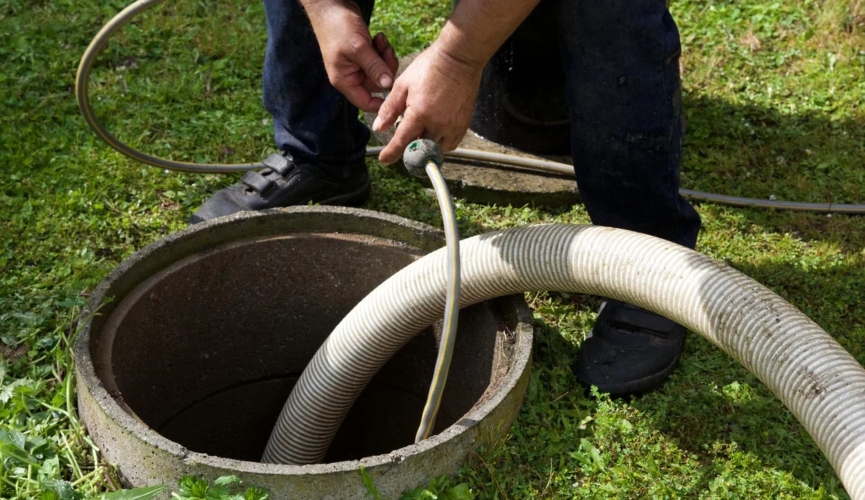Small Window Blinds come in a range of colors and sizes. Lighter shades keep a room bright and make it appear larger.

Less hardware also keeps windows looking clean and neat. Proper handling extends the lifespan of small blinds and prevents mechanical wear. Consider a cordless design for safety and ease of use in children’s rooms.
Blinds are one of the most important components in any home décor. Not only do they offer a sleek look to your windows, but they also help in providing privacy and light regulation. This is why you need to make sure that you buy the right type of window blinds for your home. However, choosing between vertical and horizontal blinds can be a difficult task. Both have their own set of advantages and disadvantages, which makes it important to compare them closely before making a final decision.
Vertical blinds are a great choice for larger windows and sliding doors. The slats on these blinds open and close to the side, which allows you to regulate sunlight entering the room. They are available in a variety of colors and styles, so you can find the perfect fit for your space. You can choose between PVC, vinyl, and polyester fabrics to suit your aesthetic preferences.
Besides offering a wide range of colors and styles, vertical blinds are also easy to install. They are also easy to clean, which is a great benefit if you have small children or pets. You can simply use a duster or a soft cloth to wipe off the dirt and dust, or you can even use a vacuum cleaner with a brush attachment. In addition, vertical blinds tend to show less dust than other types of window treatments, so they will stay looking clean for longer.
Venetian Blinds
Venetian Blinds are a popular option for small windows because of their ability to control light and privacy. They work well on narrow windows as they reduce glare and are suitable for rooms such as bathrooms, bedrooms and dining spaces. They also provide insulation and are available in a wide range of colours to suit any home.
It is said that the slats/louvres of Venetian Blinds collect dust but this can be easily rectified by wiping them down with a cloth. If your blinds do get dusty you can also use a vacuum cleaner or a feather duster to remove any accumulated dirt. This type of window blind is a great choice for a large number of homes because it offers flexibility, a modern appearance and versatility.
Some people claim that Venetian Blinds originated in Venice but this is probably a myth, as they were likely first used by traders from Persia and then brought to Italy during the expansion of trade and migration in the 18th century. Some historians also believe that freed Venetian slaves who moved to France took this style of window blind with them, explaining why they are known in French as ‘les Persiennes’.
Slatted blinds have existed for centuries, with primitive societies using wet cloth to shade their houses and even the ancient Egyptians tying together reeds. The modern day Venetian Blind is thought to have been created in the 1760s, with early examples consisting of 2-inch wood slats hanging along cloth ribbons.
Roller Blinds
Roller blinds are versatile and offer a sleek look that fits with any style of interior décor. They’re also easy to clean and offer a wide range of fabric options for your window treatment, from sheer to light-filtering to blackout fabrics.
When rolled up, the slats sit flat against the window frame and are completely out of sight. This makes them ideal for windows with a large expanse of glass. They’re also suitable for doors, as they provide a streamlined, cordless appearance that enhances safety in homes with children or pets.
Many of the same options available for horizontal blinds are also available for roller shades, such as decorative hems, designer patterns, wooden valances, and braided cords. Some roller blinds are even motorised, allowing you to operate them with a remote control or your home automation system. This option is especially convenient if you want to keep your home looking clean and tidy while away on holiday or business trips.
If you’re considering a roller shade for your small window, consider choosing one with a privacy fabric. These fabrics have a mesh-like texture that lets light in while keeping people from being able to see inside your home. You can also lower your blinds all the way during the day, and then draw a curtain across them at night for complete privacy. For best results, when you’re lowering your roller blinds, make sure to grasp the set of strings along the side of the blinds and slowly release your grip.
Roman Blinds
Roman Blinds are a softer approach to window treatment that can be fitted in with traditional or modern styled homes. Their delicate and elegant appearance can be enhanced with a variety of fabric choices to suit any design theme.
The origins of the roman blind go back over 2000 years to Rome in their civilization’s heyday. The Romans devised them as a practical solution to a problem; the baking Italian sun and their newly created straight roads would kick up grit and dust that could find its way into their glassless windows. They secured strips of damp cloth, thick paper or even animal skins at the bottom of their windows to keep the grit out.
These days a modern roman blind is usually made of soft fabrics and folds that form a drape over the window. They’re available in a wide range of colours and textures to suit any decor theme. The softer feel of a roman shade can be contrasted with the structured and defined look of blinds for a layered look to your windows.
Another advantage of fitting a Roman Shade over Blinds is that the Blinds will shield the fine fabric from dust, sunlight, and other environmental contaminants. This will lengthen their life and help them retain their smooth pleats and crisp folds longer. Having the Blinds over the Roman Shade also makes it easier to clean them as they’ll be protected from grit and dirt that might scratch and damage the drapery.
Panel Blinds
Blinds that blend style and functionality have the power to elevate your home’s aesthetic. Panel track blinds offer an elegant fusion of both, and are increasingly popular among homeowners thanks to their versatility and ease of use. Here’s everything you need to know about this modern window treatment.
A versatile shading solution, panel blinds are ideal for large windows and sliding glass doors. They consist of wide panels of fabric that roll down and stack neatly against each other when open, allowing natural light to flood into the room while maintaining privacy. Panel blinds can be operated manually with a basic wand or mechanised to give you even more control. Whether you opt for a fabric with a translucent sheen or a full blackout fabric, these window coverings can enhance any living space with their simple elegance.
The wide panels of these window treatments are available in various widths, so you can easily customise them to suit your space and preferred aesthetic. They’re a great option for larger openings such as bi-fold or patio doors, but can also be used to section off large rooms into individual spaces for working, relaxing, or dining. Panel blinds are relatively low-maintenance, with regular dusting and spot cleaning the best way to keep them looking their best. However, it’s essential to always handle them with care when adjusting them to avoid accidentally straining their mechanisms or misaligning the slats.
Valances
Valances are an easy way to add color, pattern and style to windows without taking up too much space. They can look casual or formal, depending on the fabric used and they can coordinate or contrast with the curtains or drapery panels in a room. They also work well with stand-alone blinds and allow you to hide hardware for a clean, finished appearance at the window.
When selecting a valance, keep in mind that you’ll want it to hang no more than 3 to 4 inches above the window casing on both sides. This will avoid covering up too much of your window and help the room feel bigger.
Another consideration when choosing a valance is that you’ll want it to be at least as wide as the width of the window. The bottom hem of the valance can be shaped to enhance the look, or you can opt for a box-pleated valance that gives it a more tailored, formal appearance, or a grommet top valance for a modern touch.
Lastly, when it comes to patterns, avoid ones that are overly bold or intricate. They may visually overwhelm small windows and can actually make them appear smaller. Instead, try a fabric that’s light and airy or one that guides the eye upwards to visually elongate your window.



















